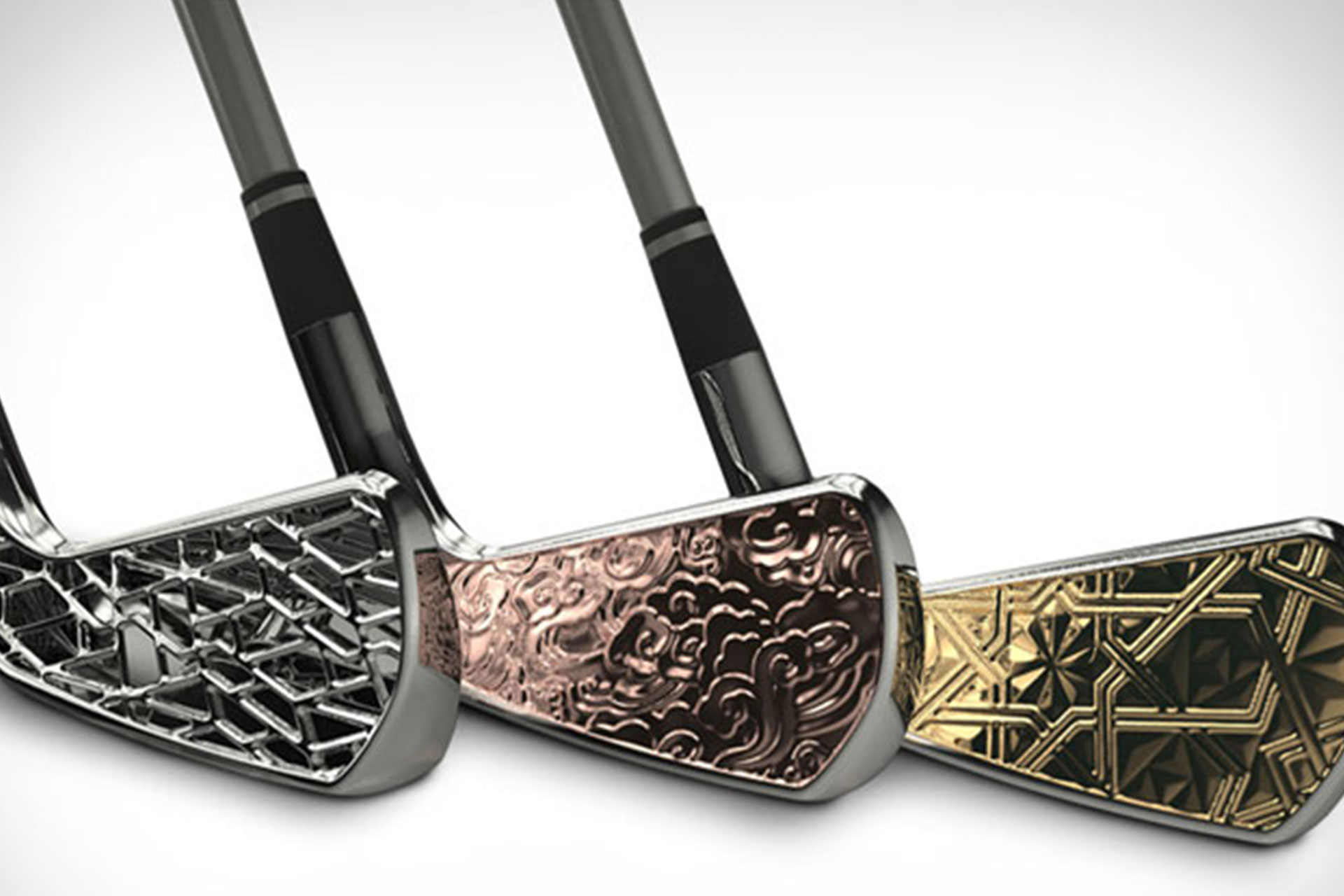3D Printing in the Sports and Recreation Industry

The education, automotive, and healthcare industries are not the only ones that are benefiting from using 3D printing technology, as the sports and recreation industry is also embracing this cutting-edge innovation. For the past years, 3D printing has grown to be a groundbreaking technology that stands out as a true game-changer, and now it is revolutionizing how athletes and enthusiasts experience their favorite activities.
With that said, we will explore the exciting world of 3D printing in sports and recreation, looking through how it is reshaping the landscape and empowering athletes like never before.
1. Customization Takes Center Stage
A significant advantage of 3D printing in the sports industry lies in its exceptional ability to customize. Gone are the days of settling for off-the-shelf equipment that may not fit perfectly. With 3D printing, athletes can now obtain sports gear tailored to their exact body dimensions, ensuring better comfort and performance.
Imagine a runner with uniquely shaped feet receiving custom 3D-printed running shoes that provide the perfect balance of support and flexibility. Or a baseball player with a personalized 3D-printed glove, offering an ideal fit for their hand. Thanks to 3D printing, athletes gain that competitive edge with gear uniquely suited to their individual needs.
2. Rapid Prototyping Fuels Innovation
Innovation is the heartbeat of the sports and recreation industry. Here, 3D printing acts as a catalyst, transforming brilliant ideas into reality at an unprecedented speed. Designers and engineers can create rapid prototypes and test various replications of products, refining designs before production.
Whether it’s an aerodynamic cycling helmet, a golf club with optimized weight distribution, or a tennis racket with enhanced control, 3D printing enables swift and cost-effective duplications, leading to breakthroughs in performance and safety. As 3D printing continues to evolve, the level of innovation in sports and recreational equipment will grow and improve more in the future.
3. Lightweight Materials for Enhanced Performance
Achieving the perfect balance between durability and weight is a crucial aspect of sports equipment design. That’s why athletes continuously seek lightweight gear that doesn’t compromise on strength, as it significantly impacts their performance.
But through 3D printing technology, you can make use of advanced materials like carbon-fiber composites and high-performance polymers. This allows manufacturers to craft intricate structures with remarkable strength-to-weight ratios, resulting in cutting-edge gear that enhances athletes’ performance while reducing the risk of fatigue and injury.
4. Personalized Prosthetics
The impact of 3D printing goes beyond mainstream sports and extends to adaptive sports and recreation as well. Customized 3D-printed prosthetics have opened up new possibilities for athletes with disabilities, encouraging them to participate in sports with comfort and confidence.
These prosthetics not only fit an individual’s unique anatomy, but can also be designed with specific sports in mind. Be it a sprinting leg for a para-athlete or a prosthetic hand perfectly suited for rock climbing, 3D printing has brought newfound joy and empowerment to adaptive sports.
Looking for quality 3D printing in the Philippines? Contact us today to know more about our products!


